I love my apartment, but I absolutely cannot grow or keep plants, neither inside nor on the patio. Between the direction of the building, the over hanging porches, and the thick Magnolia tree canopy, nothing will survive. There simply isn’t enough light.
But despite this, I have a very romantic fantasy about gardening. In fact, I have done all sorts of reading about it, and one day when I have my own space, I know how I am going to make it work. Yes, I am aware that fantasizing about gardening and spending time alone in my home with my kitten makes me a crazy cat lady. I am totally at ease with this.
Of all the formats and styles of gardening I have encountered in my research, the one that makes me the most eager to one day give my hopefully green thumb free rein is Square Foot Gardening. The ease, simplicity, versatility, economy, and variety of this process absolutely fascinates me. Mel Bartholomew invented this technique in 1975 for those who need to garden with absolute efficiency. His technique minimizes the money, equipment, soil, water, physical work, and time required to successfully grow food.
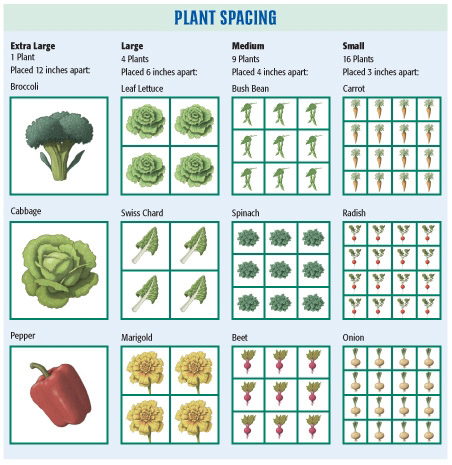
Plant Spacing Chart: “All New Square Foot Gardening,” Mel Bartholomew
He has gone to impoverished nations where local people need help making the most possible with the little that is available. His techniques have allowed people to achieve consistent self-sufficiency, while also helping them to preserve the quality and integrity of their land and creating enough surplus to also have crops for sale. If he can accomplish this with people who have scarce resources, imagine what we could do here with our abundant opportunity!
Square Foot Gardening is exactly what it sounds like. The layout of the garden creates configurations of perfectly square spaces that provide one square foot for each crop. This is an efficient use of space for those with limited open areas. Bartholomew suggests creating gardens no larger than 4 x 4 square feet, so that any of the 16 squares can be reached easily from outside the grid. If you want more than one 16-square-foot garden, space them three or feet apart, so that you can walk comfortably between them. What’s more, I can imagine it would be quite easy to do this either on the ground or in containers, wheelbarrows, or on wheeled platforms. If you plant on the ground, put down layers of newspaper first, to make sure nothing can grow up through your garden.
If you want this to be a container garden, be sure the container is deep enough to hold six inches of growth medium. You will mix the soil yourself, but it is also inexpensive, simple, nutrient rich, and well draining. Use a mix of 1/3 peat moss (available at any nursery or gardening store), 1/3 Vermiculite (also widely available, use the course grade, and get it in 4-cubic-feet bags), and 1/3 blended compost (buy bags of different types and mix them).
Given there is so little surface area, it is imperative to space your seeds properly. But because this method is so efficient, you need plant only single seeds in grids, not dozens or hundreds of seeds in rows. Different plants need more or less space. Square Foot Gardening makes it easy to yield more consistent crops with less waste of seeds, time, and effort.
For something large like an eggplant, place only one plant in the center of one of the squares. For medium plants like lettuce, divide the square foot into four smaller squares, and put one plant into the center of each (you’ll have four perfectly spaced plants). You can fit nine small plants (e.g. spinach). Use your first two fingers to draw a tic-tac-toe board inside a square foot. This will create nine perfect little squares inside the square. Put one seed in the center of each, and you can grow nine perfectly spaced plants in one compact area. And finally, for extra small plants like radishes, use three fingers to draw an expanded tic-tac-toe board within the square. You will have 16 perfect squares inside, and you will thus have 16 perfectly spaced plants.
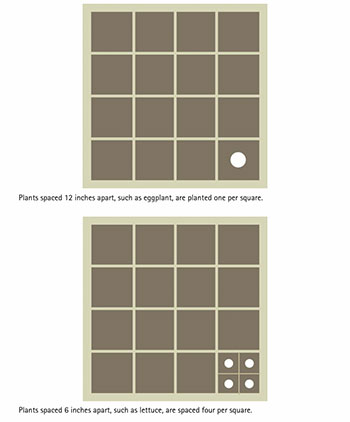
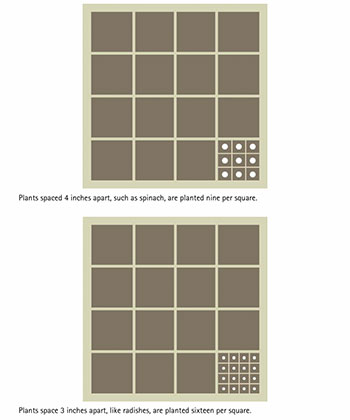
Think about it: Your plants are precisely placed. You know where each one is, because you placed it very specifically. It’s easy to spot weeds, because anything that pops up in a place where you didn’t put a seed doesn’t belong. Because you aren’t walking on the soil and packing it, it’s also easy to pull weeds out of the loose soil. This saves you so much time and sweat.
With this in mind you can create all sorts of food for yourself. Each of your 16 squares can be a totally different crop. They will mature at different rates, and you can rotate plants out and turn the newly open squares into new options. All this in a tiny space with minimum cost and effort. You can provide yourself with a wealth of variety, and the produce will be organic, since you won’t need to use fertilizer or pesticide. Happy gardening!
Recent Posts
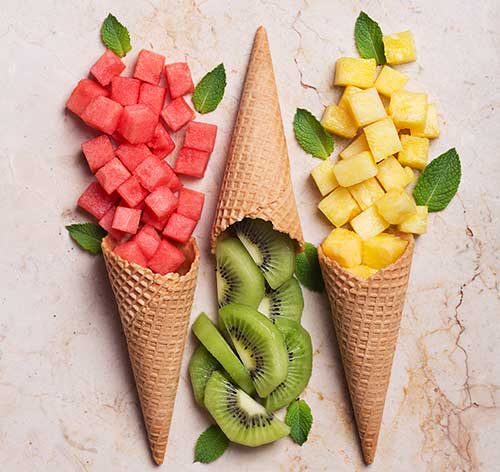
Glycemic Index vs Glycemic Load
This score indicates how damaging a food will be to your blood sugar levels. Foods that score 0-55 are rated low impact (and thus presumed to be better for diabetics and those looking to maintain healthy weight and/or body fat ratios), but this is not the whole picture.
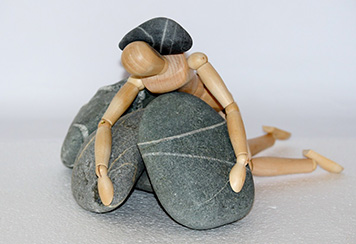
Caffeine: 14 better options to ease SAD
Nearly a year ago to the dot, I wrote an article about Seasonal Affective Disorder (SAD), but there I focused on the importance of getting access to a full range spectrum of light. Here I’d like to focus on caffeine and sleep’s effect on SAD. I’ll also offer suggestions for what to do to help you feel better on the dark days.

Avoid fish oil supplements
I don’t generally promote supplements. Most of them play to specific, isolated points of medical research to serve as a magic pill. One remarkable example of this is fish oil.
